Gender, Power and Democracy in South Asia
Democracies and autocracies alike have sidelined women to the peripheries and denied them access to political office and subordinate their claims as equal citizens of the polity. The marginalisation of women from positions of power and their exclusion from the public arena is the major issues in both types of regimes. In recent years, research on liberal democracy around the globe, however, bolsters the case for a positive relationship between democracy and increasing gender parity in politics. The countries with higher levels of liberal democracy exhibit more consistently gender parity than autocracies which show more inconsistent gender gaps. This book examines the relationship between gender and democracy in South Asia and discusses the challenges confronting women of negotiating their places and creating their spaces in the political landscape. What this book tries to address is the problems faced by women in India and Nepal in negotiating space when managing multiple marginalised identities, on the one hand and the successes of women’s quest for gender equality and political representation at the grassroots level, on the other hand. The chapters in this volume were written as a collective contribution to the current debate in political science and sociology on gender, power relations, and democracy. The main objective of the book is to make a contribution to the literature in three of the most rapidly growing areas of political study and analysis: gender,power, and democracy.
Get it now and save 10%
BECOME A MEMBER

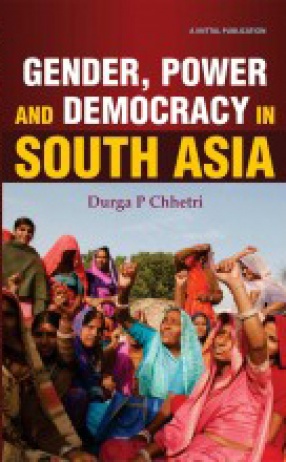
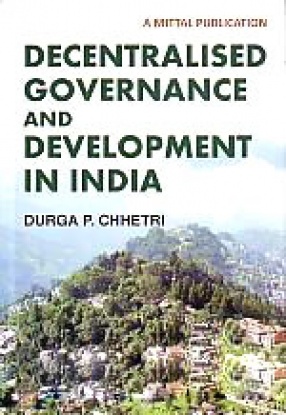
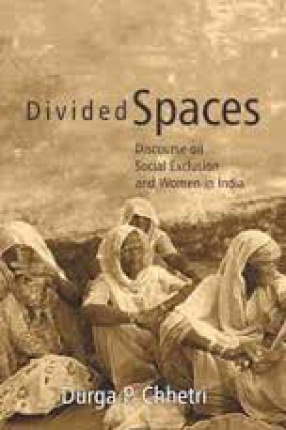
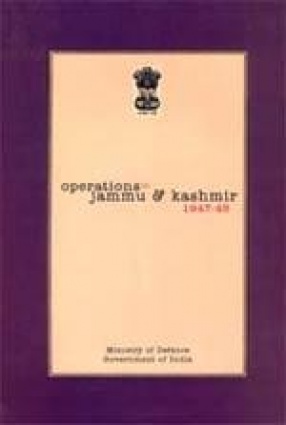
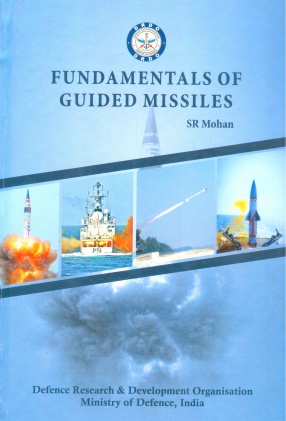
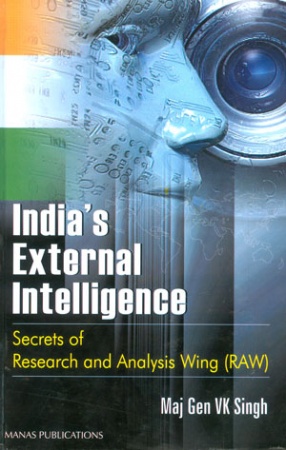
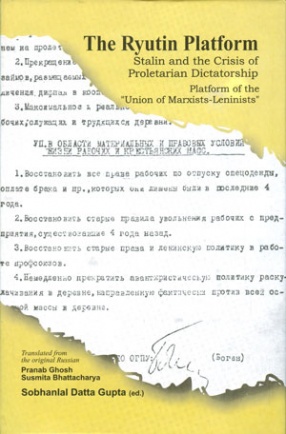

Bibliographic information